In the intricate world of avian health, a silent but persistent threat lurks beneath the plumage – Scaly Face and Leg Mite infections.
These microscopic pests, belonging to the genus Knemidocoptes, can wreak havoc on our feathered companions, causing discomfort, deformities, and, if left untreated, even fatalities.
As dedicated bird enthusiasts, we must understand the insidious nature of these mites and their potential impact on our beloved avian friends.
This article delves into the intricate details of Scaly Face or Leg Mite infection in birds, exploring their causes, symptoms, and the challenges they pose to avian well-being.
Join us on a journey to uncover the signs of infestation, the methods of prevention, and the treatment options available to ensure our feathered companions lead healthy, happy lives.
Together, let’s empower ourselves with knowledge and take proactive measures to safeguard the well-being of our cherished avian companions.
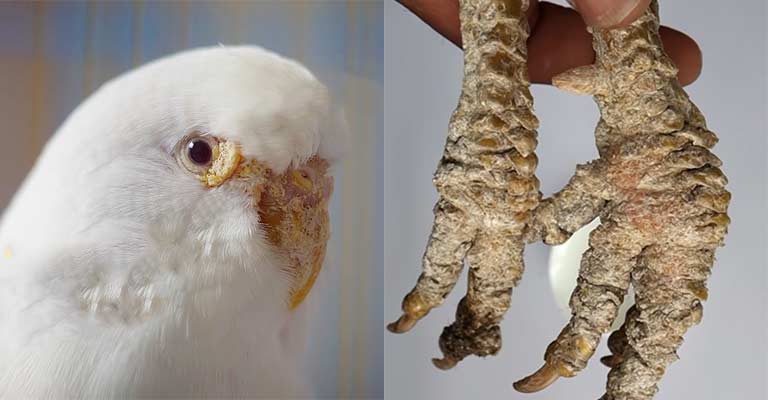
Scaly Face Or Leg Mite Infection in Birds
Scaly Face Or Leg Mite infections, caused by the genus Knemidocoptes, pose a formidable challenge, demanding our attention and understanding. Let’s shed light on causes, symptoms, and vital steps for prevention and treatment.
Understanding the Enemy: Knemidocoptes Mites
Knemidocoptes mites are tiny arachnids, barely visible to the naked eye, yet their impact on birds can be significant. Afflicting a variety of species, these mites often target sensitive areas such as the face and legs, hence earning the names Scaly Face and Leg Mites.
Common in caged birds like budgerigars, canaries, and finches, these mites thrive in warm, dry conditions, making captive environments especially susceptible.
Signs and Symptoms of Infestation
Detecting Scaly Face and Leg Mite infestations requires a keen eye for subtle changes in avian behavior and appearance. Feathered companions may exhibit signs such as scales lifting on the legs, resulting in a rough, scaly texture.
In Scaly Face Mite infestations, the beak, cere, and facial skin are susceptible, leading to disfigurement and discomfort. Additionally, affected birds may display excessive scratching, feather loss, and altered grooming habits.
Causes and Transmission
Understanding the causes and transmission of these mites is crucial for prevention. Typically, transmission occurs through direct contact between birds or indirectly through contaminated surfaces.
Overcrowded conditions and poor hygiene amplify the risk. Wild birds can also introduce these mites, emphasizing the importance of quarantine and health screening for new avian additions.
Preventive Measures: A Shield Against Infestations
Prevention is the cornerstone of avian health. Implementing simple yet effective measures can significantly reduce the risk of Scaly Face and Leg Mite infections.
Regular health checks, proper hygiene, and maintaining optimal environmental conditions are paramount. Isolating new arrivals and practicing quarantine protocols can prevent the introduction of these stealthy invaders.
Treatment Options: Navigating the Road to Recovery
Early detection is key to successful treatment. Veterinary intervention is crucial for a precise diagnosis and the formulation of an effective treatment plan.
Topical acaricides, such as ivermectin, are commonly employed to eradicate mite infestations. Additionally, supportive care, including nutritional supplements and stress reduction, aids in the recovery process.
The Emotional Toll: Nurturing Avian Well-Being
Beyond physical discomfort, Scaly Face and Leg Mite infections can take an emotional toll on bird owners. Witnessing the suffering of a beloved feathered friend can be distressing.
Seeking emotional support from fellow bird enthusiasts and professionals can provide reassurance and guidance during the challenging journey of diagnosis, treatment, and recovery.
Case Studies: Realizing the Impact
Real-life case studies underscore the gravity of Scaly Face and Leg Mite infections. These narratives illuminate the diverse ways in which these mites can affect birds, emphasizing the need for vigilance and proactive care.
By learning from the experiences of others, caretakers can fortify their knowledge and refine their approach to avian health.
Empowering Bird Enthusiasts: Knowledge as a Shield
In the realm of avian care, knowledge is the most potent weapon against afflictions like Scaly Face and Leg Mite infections. This guide aims to empower bird enthusiasts with the insights needed to protect their feathered companions.
By fostering awareness, implementing preventive measures, and prioritizing prompt veterinary care, we can create an environment in which our birds thrive, free from the insidious grip of these microscopic invaders.
What Are the 6 Signs of Scaly Face Or Leg Mite Infection in Birds?
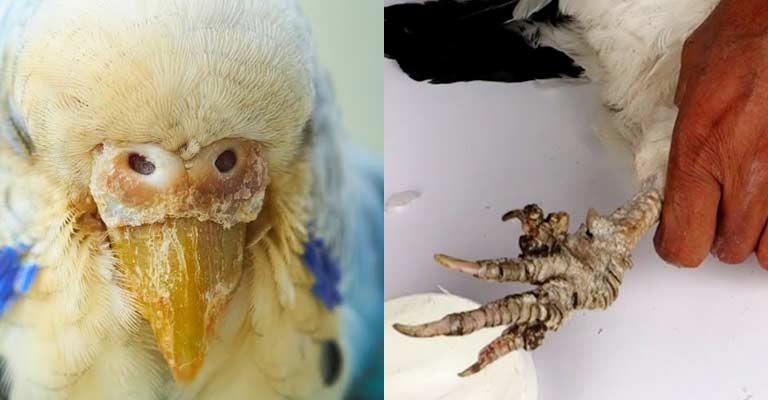
The subtle and sometimes hidden threats to avian health, such as Scaly Face Mite infections, demand our attention. Understanding the signs of the Scaly Face in birds is paramount for early detection and effective intervention.
In this comprehensive exploration, we delve into the nuances of this condition, shedding light on the telltale indicators that may be present in our cherished avian friends.
Rough and Scaly Texture
One of the most noticeable signs of a Scaly Face in birds is the development of a rough and scaly texture on the skin, particularly on the face.
The mites, belonging to the genus Knemidocoptes, burrow into the skin and scales, causing the affected areas to become dry, raised, and scaly.
This alteration in skin texture is often a visible and palpable change that caretakers can observe during regular interactions with their birds.
Beak and Cere Deformities
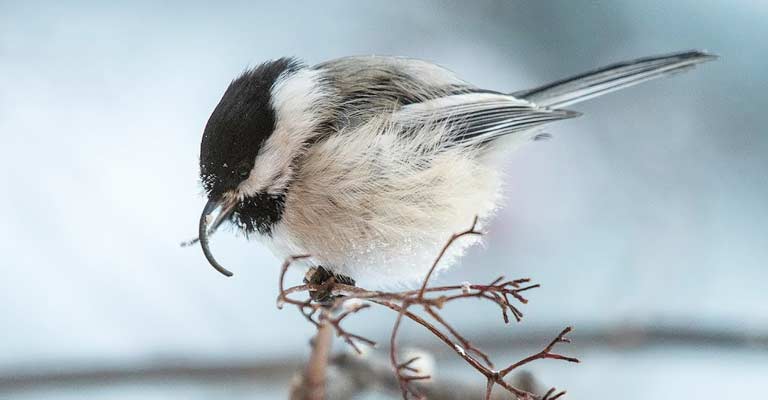
Scaly Face Mite infestations commonly target the beak and cere (the fleshy area surrounding the nostrils) of birds. As the mites burrow into these areas, they can cause deformities and disfigurement.
The beak may become misshapen, and the cere may exhibit abnormal growth or changes in color. These alterations are not only aesthetically distressing but can also impact the bird’s ability to eat and groom.
Excessive Scratching and Discomfort
Birds affected by Scaly Face Mites often exhibit signs of discomfort, including increased scratching and rubbing of the affected areas.
The irritation caused by the mites can lead to persistent scratching as the bird attempts to alleviate the discomfort.
Caretakers should be attentive to changes in grooming behavior, as excessive scratching may indicate an underlying issue that requires investigation.
Feather Loss and Altered Grooming Habits
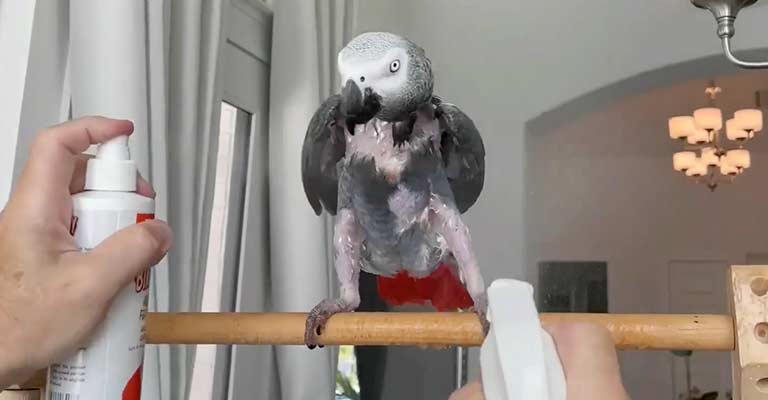
Infected birds may experience feather loss in the affected areas. The discomfort caused by the mites can lead to altered grooming habits, as birds attempt to relieve the itching and irritation.
Caretakers may notice changes in the bird’s usual preening routine or the presence of feathers scattered around the enclosure.
Behavioral Changes
Scaly Face Mite infections can also manifest in behavioral changes in affected birds. They may appear more lethargic or reluctant to engage in activities they once enjoyed.
Changes in appetite or a decrease in overall activity levels may signal the bird’s response to the physical discomfort caused by the mites.
Secondary Infections and Lesions
If left untreated, Scaly Face Mite infestations can pave the way for secondary bacterial or fungal infections. Caretakers should be vigilant for the development of lesions or open sores in the affected areas.
These complications can exacerbate the bird’s discomfort and compromise its overall health.
What Are Some Natural Remedies for Treating Scaly Leg Mites in Birds?
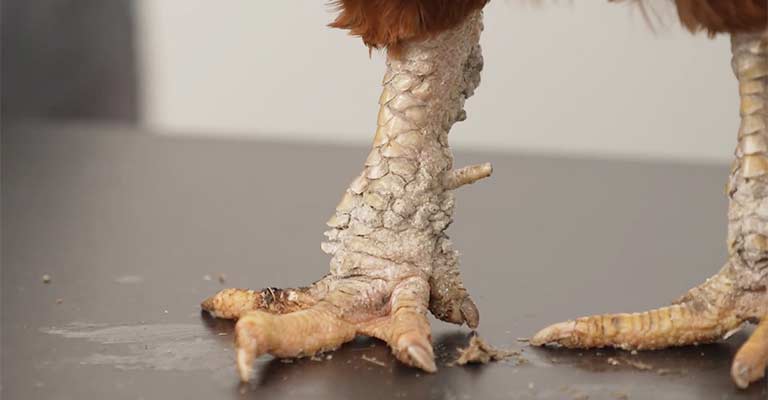
While conventional veterinary treatments are often recommended for severe infestations, some caretakers prefer exploring natural remedies as a more gentle approach.
Here, we delve into several natural methods that may help alleviate and manage scaly leg mite infestations in birds.
Vegetable Oil Soaks
Soaking the affected legs in vegetable oil is a simple yet effective natural remedy. The oil suffocates the mites, making it difficult for them to breathe and survive on the bird’s legs.
To apply, gently massage a small amount of vegetable oil onto the scales, ensuring it reaches the affected areas. Repeat this process regularly until improvement is observed.
Garlic and Olive Oil Mix
Garlic is known for its natural antibacterial and antiparasitic properties. Mixing crushed garlic with olive oil creates a topical solution that can be applied to the affected legs.
Allow the mixture to sit for a short period before gently wiping it off. Regular application can help manage mite infestations while nourishing the bird’s skin.
Petroleum Jelly (Vaseline) Barrier
Creating a barrier with petroleum jelly can help smother the mites and prevent them from causing further harm. Apply a thin layer of petroleum jelly to the legs, covering the affected areas.
Reapply as needed, ensuring the legs remain protected. This method is safe and easy to implement for mild cases.
Neem Oil Applications
Neem oil, derived from the neem tree, possesses natural insecticidal and antifungal properties.
Dilute neem oil with a carrier oil and apply it to the affected legs. Neem oil not only targets the mites but also promotes skin health. Be cautious with the concentration, as some birds may be sensitive to stronger solutions.
Essential Oil Solutions
Certain essential oils, such as tea tree oil and eucalyptus oil, are known for their antiparasitic properties. Dilute a small amount of the chosen essential oil with a carrier oil (like coconut or olive oil) and apply it to the affected legs.
Exercise caution with essential oils, as birds can be sensitive, and always ensure proper dilution.
Herbal Infusions for Drinking Water
Supporting the bird’s overall health can aid in the natural recovery from scaly leg mite infestations. Adding herbal infusions to the bird’s drinking water, such as chamomile or calendula tea, can have soothing and immune-boosting effects.
These herbs are known for their anti-inflammatory and healing properties.
FAQs
How can I tell if my bird has a Scaly Face or Leg Mite infection?
Early signs include rough, scaly textures on legs or facial skin, excessive scratching, feather loss, and altered grooming habits. A vet can provide a definitive diagnosis.
Are specific bird species more prone to Scaly Face and Leg Mite infections?
Yes, caged birds like budgerigars, canaries, and finches are commonly affected. However, all bird species can be at risk, especially in overcrowded or unhygienic conditions.
What measures can I take to prevent Scaly Face and Leg Mite infections in my birds?
Regular health checks, maintaining proper hygiene, and isolating new arrivals while implementing quarantine protocols are essential preventive measures. These help minimize the risk of mite transmission.
Can I treat Scaly Face and Leg Mite infections at home, or should I consult a vet?
Veterinary consultation is crucial for an accurate diagnosis and tailored treatment plan. Topical acaricides like ivermectin are often prescribed, and professional guidance ensures the most effective and safe approach.
How can I emotionally support my bird during and after treatment for Scaly Face or Leg Mite infections?
Witnessing a beloved bird’s discomfort can be distressing. Offering a calm and supportive environment, ensuring proper nutrition, and seeking emotional support from fellow bird owners or professionals can help both the caretaker and the bird navigate the recovery process.
Conclusion
The world of birds is not without its challenges, and Scaly Face and Leg Mite infections stand as formidable adversaries to our feathered friends.
Understanding the gravity of these infestations is the first step toward effective prevention and treatment.
As guardians of avian well-being, it is our responsibility to stay vigilant, implementing preventive measures such as regular health checks, proper hygiene, and prompt veterinary attention when needed.
With the right knowledge and proactive care, we can create an environment in which our birds thrive, free from the discomfort and deformities caused by Scaly Face and Leg Mite infections.
Let this exploration serve as a call to action – a reminder that the health of our avian companions lies in our hands.
Through education, awareness, and compassionate care, we can ensure that the skies remain a haven of vitality and joy for our cherished feathered companions.